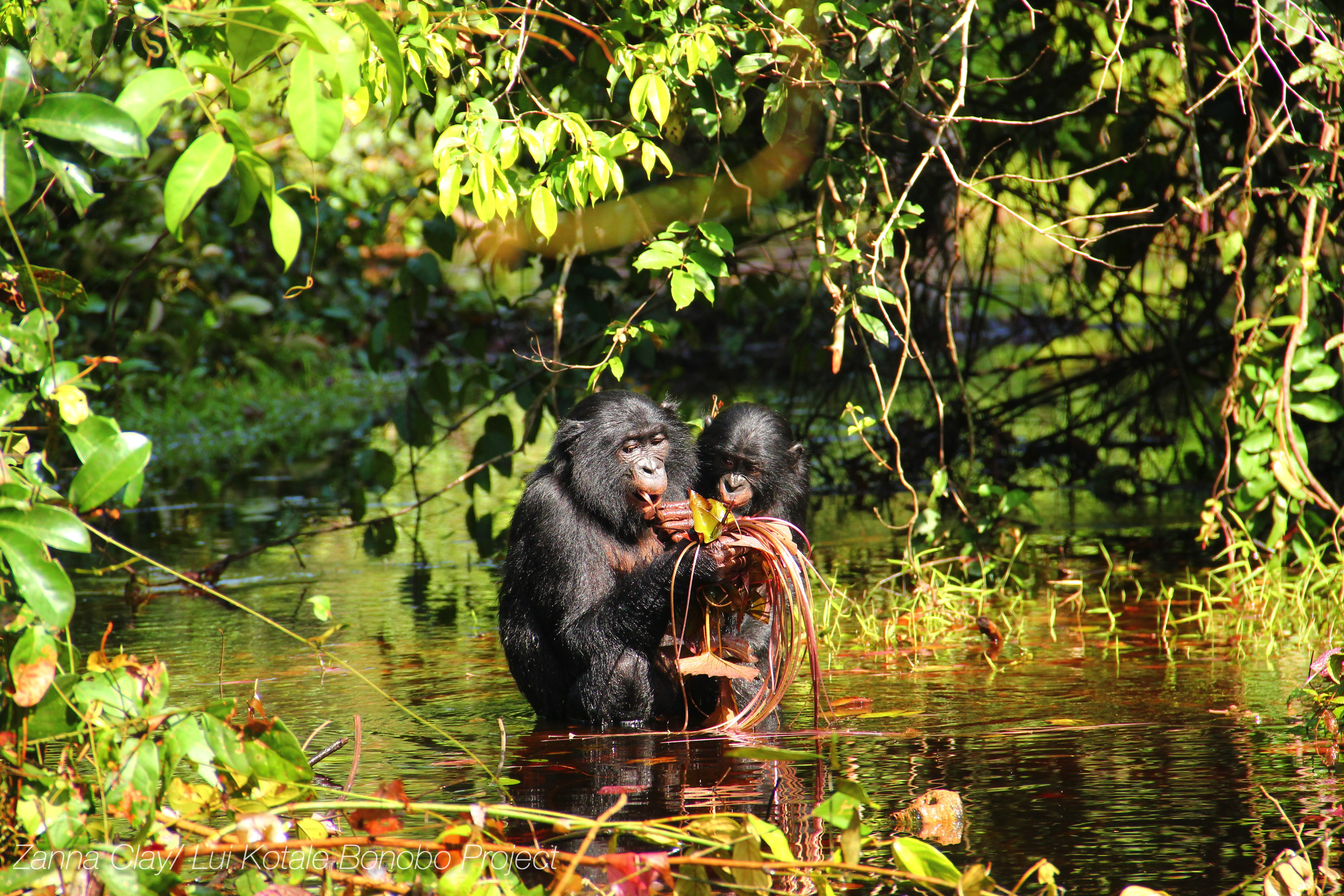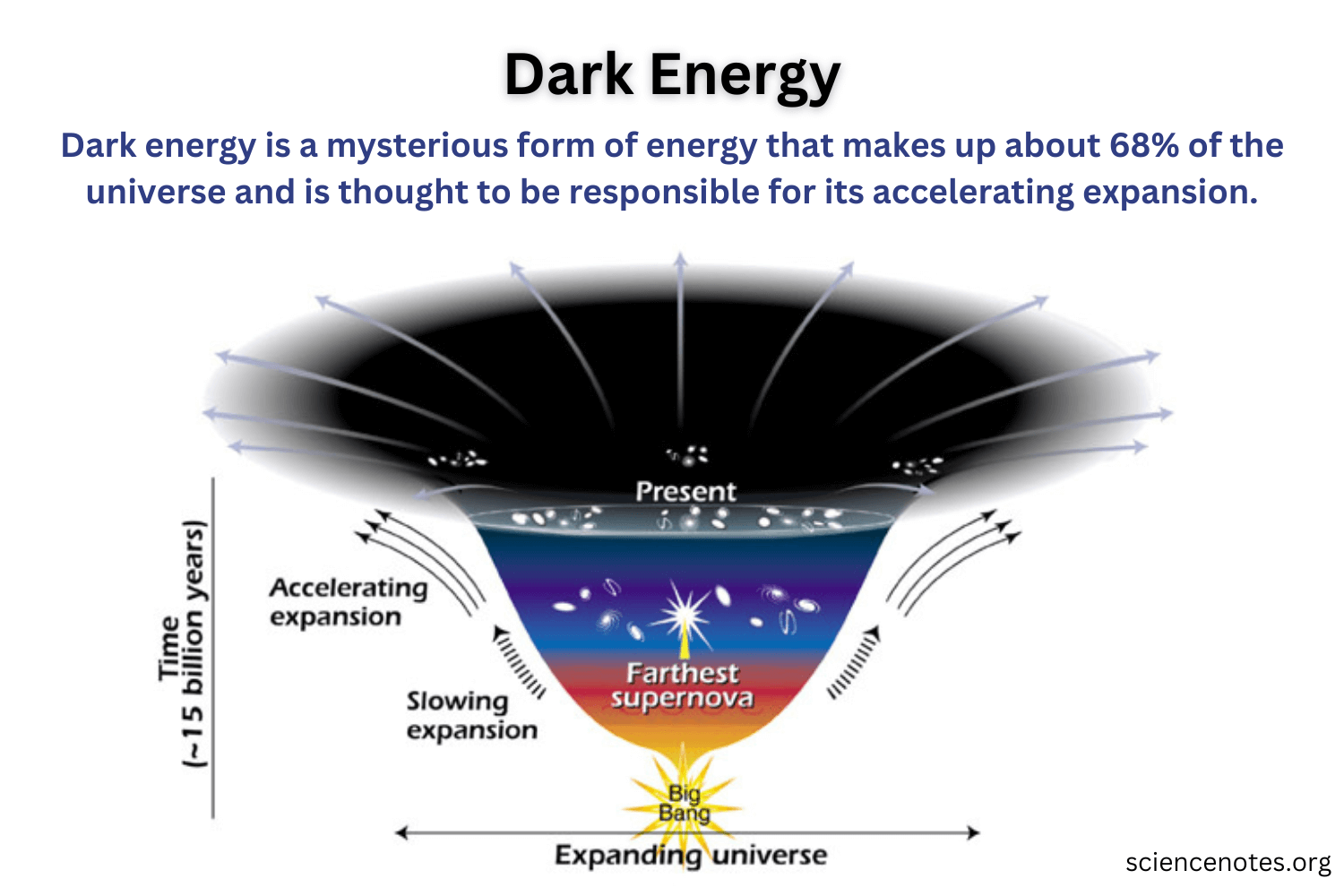Bonobo communication offers fascinating insights into the complexity of social interactions among non-human primates. Researchers have discovered that these remarkable creatures vocalize in nuanced ways, using a sophisticated vocalization dictionary that reflects a level of language evolution previously thought to be unique to humans. Their ability to combine sounds to convey intricate social situations reveals the potential for advanced animal communication, highlighting the rich tapestry of complex social bonds that characterizes bonobo society. The ways in which bonobos engage in vocalizations not only help coordinate group movements but also underscore the evolutionary ties between human and animal communication. By studying bonobo vocalizations, scientists deepen our understanding of both language development and the social structures of non-human primates, paving the way for future research into the roots of communication in the animal kingdom.
The intricacies of how bonobos express themselves extend beyond mere sound; they engage in what can be likened to a form of non-verbal dialogue that parallels human interaction. This primate’s vocal expressions underscore the importance of social cohesion within their groups and hint at an early form of language development seen in both bonobos and humans. Similar to a well-developed lexicon, bonobos exhibit a capacity for expressing their intentions and emotions through distinct vocalizations, further illuminating the spectrum of animal communication. By analyzing these vocal patterns, researchers uncover the evolutionary timeline of language and the shared traits that bind us to these intelligent apes. The study of bonobo communication not only elevates our understanding of their social dynamics but also reflects broader themes in the evolution of language across species.
Understanding Bonobo Communication
Bonobos exhibit a remarkably sophisticated communication system that rivals that of humans. Research has shown that their vocalizations are not mere sounds; they form what can be likened to a vocalization dictionary. This dictionary comprises various sounds that bonobos use in specific social contexts, suggesting that they communicate complex social situations with the same nuance as human language. The bonobo’s ability to combine different vocalizations effectively demonstrates the concept of compositionality, where the meaning is derived not just from the individual sounds but from their arrangement.
This advanced vocal behavior is pivotal for maintaining the intricate social bonds that characterize bonobo communities. For instance, a simple whistle may carry significant weight, depending on the accompanying sounds or the context. Through a series of vocal cues, bonobos notify each other of their needs, intentions, or an imminent threat, much like how humans might use tone and word choice to frame a conversation. Understanding bonobo communication enhances our perspective on animal intelligence and sheds light on the evolution of language.
The Complexity of Bonobo Social Bonds
Bonobos are known for their intricate social systems, characterized by strong, complex bonds that facilitate collaboration and mutual support. These relationships are crucial for the survival of their groups, as bonobos often find themselves navigating a fluctuating social landscape where allegiances can shift. Vocalization plays a key role in maintaining these connections, allowing individuals to convey emotions and coordinate movements across wider distances. The nuanced vocal signals enable bonobos to communicate effectively even when physically separated, reinforcing bonds that might otherwise weaken.
This complex web of social interactions is further emphasized by the study’s findings, which suggest that bonobos’ communication strategies are closely aligned with their social structures. By observing the interactions within bonobo groups, researchers have noted that vocalizations serve to reaffirm social ties, warn of dangers, or even announce a desire to reunite. This suggests that the evolution of such communication styles could be intrinsically tied to the necessity of sustaining those social bonds in environments where group dynamics constantly evolve.
The Role of Vocalization in Bonobos’ Lives
Vocalization is more than just a means of communication for bonobos; it is a critical aspect of their daily interactions. The variety of sounds that bonobos produce, ranging from peeps to whistles, serves practical purposes in their social environment. Each vocalization can express specific messages, such as signaling a predator’s presence or indicating readiness to travel. By synthesizing these sounds, bonobos demonstrate a level of vocal complexity that mirrors the way human language operates with distinct phonetic combinations informing meaning.
The importance of these vocalizations is underscored by their role in coordinating group behavior. For example, a whistle might not only alert others to danger, but when combined with a preceding peep, it can indicate the intensity of the threat. This ability to convey layered meanings through sound illustrates bonobos’ sophisticated understanding of communication, reinforcing the idea that vocalization is deeply embedded in their social fabric, crucial for day-to-day survival and the cohesion of their groups.
Language Evolution and Bonobos
The study of bonobo communication presents intriguing insights into the evolution of language itself. As researchers analyze the parallels between bonobo vocalizations and human language, it becomes evident that the roots of language may stretch far deeper than previously thought. Bonobos utilize a system of communication that includes elements of compositionality, which reflects the underlying structures found in human languages. This suggests that certain linguistic capabilities may have been inherited from common ancestors, making bonobos vital to understanding our own developmental history.
Moreover, this exploration into language evolution poses critical questions about the cognitive capabilities of non-human primates. If bonobos exhibit a similar capacity for complex vocalizing, it opens avenues for further research into how language has evolved across species. The recognition of compositional structures in bonobo calls could lead to a better understanding of what it means for a species to communicate, thereby shifting our perception of animal intelligence and the evolutionary significance of vocal communication.
The Significance of Context in Bonobo Vocalizations
Context plays a fundamental role in bonobo communication, influencing how vocalizations are interpreted and understood within their social milieu. Different sounds may convey varying meanings depending on situational factors, such as the presence of other bonobos, environmental conditions, or even individual relationships. For example, a particular call made in a relaxed setting might not carry the same weight as one made in a tense situation. This highlights the importance of situational awareness in animal communication.
Researchers have emphasized that understanding the context in which these calls occur can reveal much about bonobo behavior and social interactions. By meticulously recording and analyzing vocalizations alongside the circumstances that prompted them, scientists have begun to piece together a detailed picture of how bonobos convey messages and feelings. This approach offers a nuanced perspective on animal communication, suggesting that the subtleties of context are just as vital as the vocalizations themselves.
Bonobo Vocalizations and Their Impact
The impact of bonobo vocalizations extends beyond mere observation; they significantly influence group dynamics and decision-making processes within their social structure. When a bonobo vocalizes a warning signal, for instance, it can lead to an immediate response from other members of the group, prompting them to change their behavior or migrate to safety. This shows that vocalizations are not only a means of expression but also serve practical purposes that can affect the survival and well-being of the group as a whole.
Furthermore, the ability to articulate specific intentions or emotions has profound implications for social bonding among bonobos. The effectiveness of their vocal signals enables them to reinforce relationships, share information, and navigate the complex social hierarchies present within their communities. Thus, bonobo vocalizations contribute to a dynamic system that supports both the establishment and maintenance of social networks, underlining their significance in the evolutionary landscape of communication.
Bonobo Communication: A Model for Understanding Animals
Bonobo communication offers a compelling framework for understanding the intricacies of animal behavior and the evolution of communication systems across species. By studying their vocalizations, researchers can observe patterns that reflect both social complexity and cognitive abilities. Such insights not only elevate our understanding of bonobos but also push the boundaries of how we interpret communication in other species, including humans. As we explore these connections, we begin to appreciate the shared evolutionary paths that have influenced the development of language.
This model of communication encourages ongoing research into the relationships between social structures and communication methods in various species. It posits that as social systems become more complex, so too must the communication strategies employed by those species. Consequently, bonobos serve as an essential case study for examining the intersection of language evolution, social interaction, and vocalization, providing essential perspectives that can inform our understanding of both animal and human languages.
Exploring the Vocalization Dictionary of Bonobos
The creation of a vocalization dictionary allows researchers to systematically understand how bonobos utilize sounds to convey meaning. This groundbreaking approach to studying animal communication marks a significant advancement, as it provides the foundation for identifying specific calls and their contextual relevance. Each categorized sound corresponds to particular social situations, emotions, or actions, revealing a level of complexity previously thought unique to humans.
By analyzing sequences of vocalizations, researchers can decipher intended meanings and explore how these calls interact to form a larger narrative within the bonobo community. This innovative methodology underscores the potential similarities between human language formation and bonobo communication, highlighting compositionality as a shared trait. As this research progresses, we may uncover further links that deepen our understanding of the principles of communication evolution.
Implications for Future Research in Animal Communication
As researchers continue to unravel the complexities of bonobo communication, the implications for future research in animal communication are vast. This pioneering study signifies a shift in our approach to understanding how animals communicate, prompting a reevaluation of the cognitive abilities inherent in non-human species. By adopting linguistic frameworks to analyze animal sounds, we can better understand the connections between social relationships and communication strategies.
Moreover, this research can pave the way for broader inquiries into other primate species and their vocalization patterns, as similar methodologies may apply to chimpanzees and other relatives. The ongoing exploration of vocalization dictionaries can enhance our comprehension of social dynamics across various animal communities, revealing the intricate interplay between language, social structure, and survival. Ultimately, these studies could provide deeper insights into our own communication evolution, illuminating the traits we share with our closest animal relatives.
Frequently Asked Questions
What is bonobo communication and how does it compare to human language?
Bonobo communication refers to the vocalizations and social interactions that bonobos use to convey information and coordinate group behaviors. Recent research suggests that bonobos use compositionality, similar to human language, to combine vocalizations into meaningful phrases, enabling them to describe complex social situations. This indicates that the roots of language may predate humans.
How do bonobo vocalizations demonstrate complex social bonds?
Bonobo vocalizations are an essential aspect of their complex social bonds. They use a variety of calls, such as whistles and peeps, to communicate within their groups, especially when split into smaller factions. These vocalizations help maintain cohesion and facilitate social interactions, illustrating how their communication is intertwined with their social structures.
What is a vocalization dictionary in bonobo communication?
A vocalization dictionary in bonobo communication is a compiled list of the different sounds bonobos make, classified by context and meaning. Researchers have identified over 300 distinct features and call types, revealing that these vocalizations can convey orders, emotional states, or refer to external events, allowing for a nuanced form of communication.
How does the study of bonobo communication contribute to understanding language evolution?
The study of bonobo communication enhances our understanding of language evolution by showing that the use of compositionality in vocalizations may not be exclusive to humans. As bonobos exhibit traits similar to human language, such as combining calls to form new meanings, researchers believe this suggests a shared ancestral trait that could illuminate the development of human language.
What role do vocalizations play in bonobo social structure?
Vocalizations play a crucial role in bonobo social structure by enabling individuals to coordinate movement and express social dynamics. For instance, calls can signal impending actions or convey social tensions, helping bonobos navigate their complex social environments and maintain relationships over distances.
Are bonobos the only animals with a complex communication system?
No, bonobos are not the only animals with a complex communication system. While their vocalizations are sophisticated and similar to human language, similar complexities have been observed in other species, like chimpanzees. However, bonobo communication has been shown to rely more on an extensive repertoire of vocalizations that indicate a rich social structure.
How do bonobo vocalizations relate to animal communication studies?
Bonobo vocalizations significantly advance the field of animal communication studies. They provide insights into how advanced vocalization systems can support social complexity among primates. By analyzing the meanings and combinations of these vocalizations, researchers can better understand how communication functions in the animal kingdom and its evolutionary implications.
What implications does bonobo communication have for understanding human relationships?
Bonobo communication highlights the significance of vocalizations in maintaining social bonds and relationships, similar to human interactions. This parallels how humans use language and subtle vocal cues to navigate complex social dynamics, suggesting that studying bonobo communication can provide insight into the evolution of human social behaviors.
| Key Points |
|---|
| Bonobos communicate similarly to humans, using vocalizations that can signify complex social scenarios. |
| A study from University of Zurich and Harvard indicates that bonobos utilize word compounds and phrasings. |
| Communication involves more than just words; it requires creating phrases and linking them coherently. |
| Vocal complexity in bonobos is linked to their intricate social structures, similar to humans. |
| Bonobos can denote tense social situations through specific vocalizations, like peeps and whistles. |
| Researchers compiled a ‘dictionary’ of bonobo vocalizations, highlighting their compositionality. |
| The study revealed how call combinations have meanings, suggesting a form of structured language. |
| These findings indicate that complex communication systems are not unique to humans but may exist in other species. |
Summary
Bonobo communication reveals remarkable parallels to human language, indicating that the foundations of communicative complexity may have roots extending far back in evolutionary history. As bonobos demonstrate the ability to convey intricate social information through a structured combination of vocalizations, this study prompts a reevaluation of our understanding of animal communication and its evolutionary significance. Their use of word compounds and contextual vocal sounds highlights not only the sophistication of their social interactions but also the shared traits that may stem from our common ancestry.



